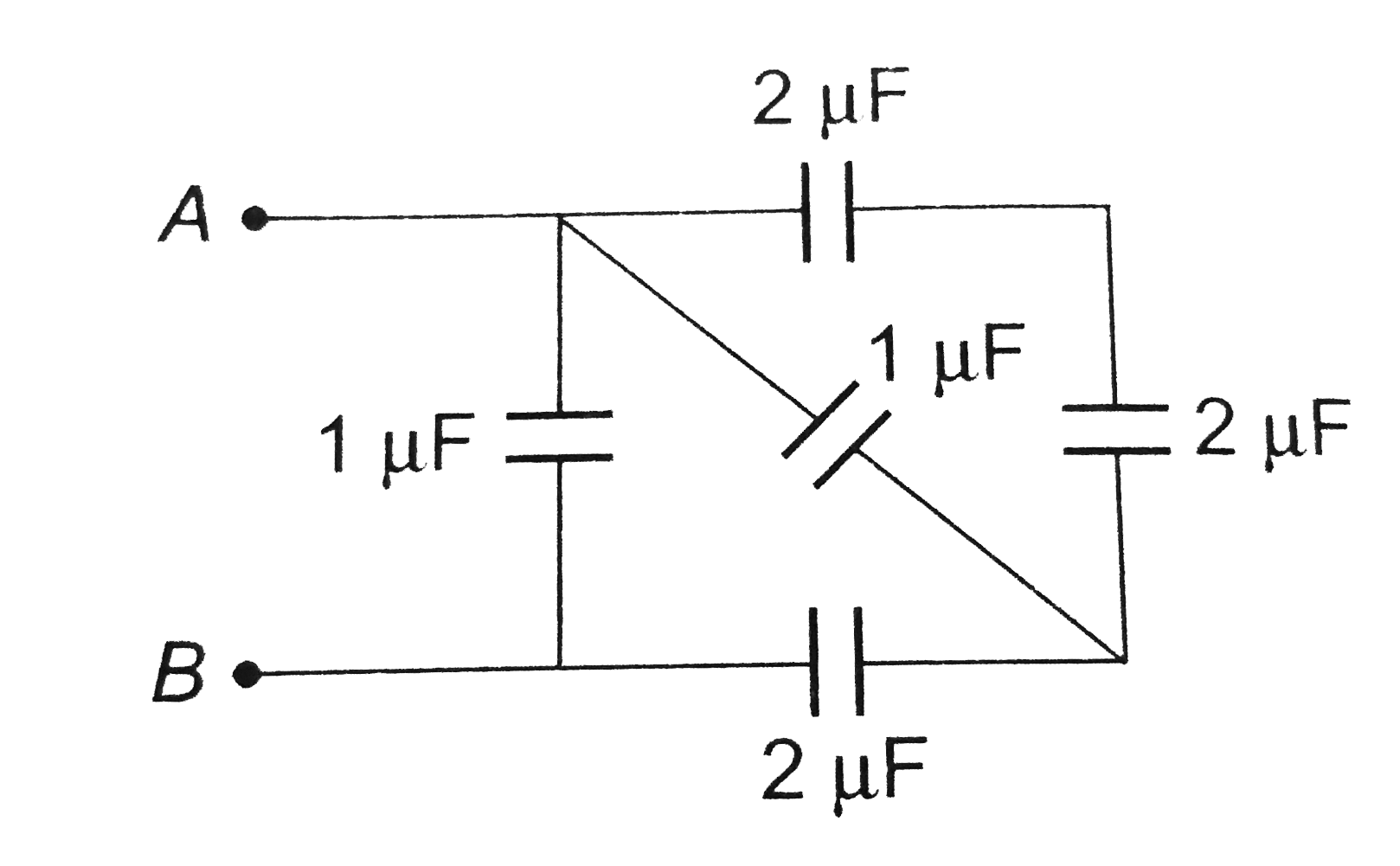The total lung capacity is represented by
tidal volume + vital capacity
tidal volume + functional residual capacity
vital capacity + residual volume
inspiratory and expiratory reserve volumes
The correct Answer is:C
To solve the question regarding how total lung capacity (TLC) is represented, we need to understand the components that make up TLC.
1. Define Total Lung Capacity (TLC):
- Total Lung Capacity (TLC) is the maximum amount of air that the lungs can hold. It is the sum of all lung volumes.
2. Identify the Components of TLC:
- TLC is composed of four main components:
- Tidal Volume (TV): The amount of air inhaled or exhaled during normal breathing.
- Inspiratory Reserve Volume (IRV): The additional air that can be inhaled after a normal inhalation.
- Expiratory Reserve Volume (ERV): The additional air that can be exhaled after a normal exhalation.
- Residual Volume (RV): The amount of air remaining in the lungs after a forced exhalation.
3. Mathematical Representation of TLC:
- The formula for Total Lung Capacity can be expressed as:
TLC=TV+IRV+ERV+RV
4. Analyze the Given Options:
- Option 1: Tidal volume + Vital capacity
- Vital Capacity (VC) is defined as the maximum amount of air that can be exhaled after a maximum inhalation, which includes TV, IRV, and ERV. Thus, this option does not include RV.
- Option 2: Tidal volume + Functional residual capacity
- Functional Residual Capacity (FRC) is the volume of air remaining in the lungs after a normal exhalation (which includes ERV and RV). This option does not account for IRV.
- Option 3: Vital capacity + Residual volume
- This option includes VC (TV + IRV + ERV) and RV, thus it accounts for all components of TLC.
- Option 4: Inspiratory and expiratory reserve volumes
- This option does not include TV or RV, making it incomplete.
5. Conclusion:
- The correct representation of Total Lung Capacity is given by Vital Capacity + Residual Volume.
Final Answer:
The total lung capacity is represented by Vital Capacity + Residual Volume.
- Total Lung Capacity (TLC) is the maximum amount of air that the lungs can hold. It is the sum of all lung volumes.
- TLC is composed of four main components:
- Tidal Volume (TV): The amount of air inhaled or exhaled during normal breathing.
- Inspiratory Reserve Volume (IRV): The additional air that can be inhaled after a normal inhalation.
- Expiratory Reserve Volume (ERV): The additional air that can be exhaled after a normal exhalation.
- Residual Volume (RV): The amount of air remaining in the lungs after a forced exhalation.
- The formula for Total Lung Capacity can be expressed as:
TLC=TV+IRV+ERV+RV
- Option 1: Tidal volume + Vital capacity
- Vital Capacity (VC) is defined as the maximum amount of air that can be exhaled after a maximum inhalation, which includes TV, IRV, and ERV. Thus, this option does not include RV.
- Option 2: Tidal volume + Functional residual capacity
- Functional Residual Capacity (FRC) is the volume of air remaining in the lungs after a normal exhalation (which includes ERV and RV). This option does not account for IRV.
- Option 3: Vital capacity + Residual volume
- This option includes VC (TV + IRV + ERV) and RV, thus it accounts for all components of TLC.
- Option 4: Inspiratory and expiratory reserve volumes
- This option does not include TV or RV, making it incomplete.
- The correct representation of Total Lung Capacity is given by Vital Capacity + Residual Volume.
The total lung capacity is represented by Vital Capacity + Residual Volume.
Topper's Solved these Questions
Similar Questions
The total lung capacity including which of the following volumes ?
View SolutionLung cancer is a
View SolutionTheTotal Lung Capacity (TLC) is the total volume of air accomodated in the lungs at the end of a forced inspiration. This includes :
View SolutionGo through the following matches
(i) functional residual capacity =erv+ irv + rv
(ii) expriatory capactiy =tv +erv ltrbgt (iii) vital capactiy =erv + tv +irv
(iv) total lung capacity = rv+ erv + irv
which of these are correct ?
View SolutionWhy do people living at higher altitudes have higher lung capacity and more red blood corpuscles?
View SolutionThe total capacity of the system of capacitors shown in the adjoining figure between the points A and B is

View SolutionPhotosynthetic efficiency is represented by
XIncident total solar radiation.
The X ' in this equation represents
View SolutionGiven figure is showing spirogram of pulmonary volumes and capacities

Which represent expiratory reserve volume :−
View SolutionGiven figure is showing spirogram of pulmonary volumes and capacities

Which represent expiratory reserve volume :−
View SolutionThe total number of orbitals in energy level represented by n = 5 are
View Solution
